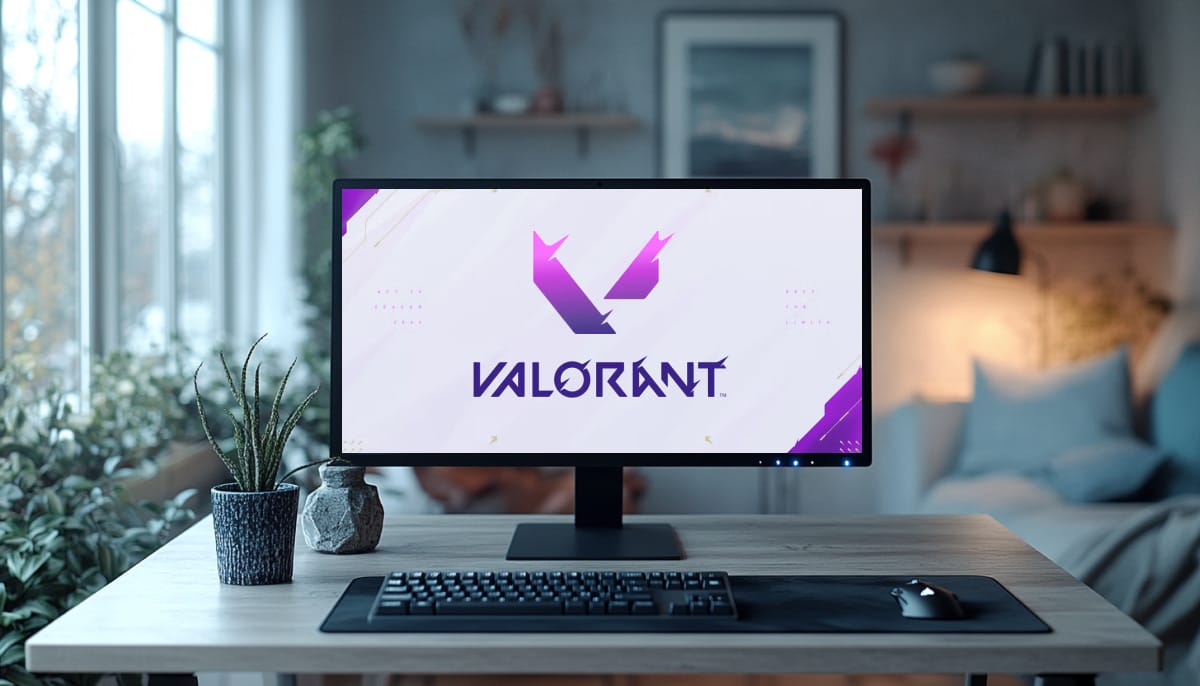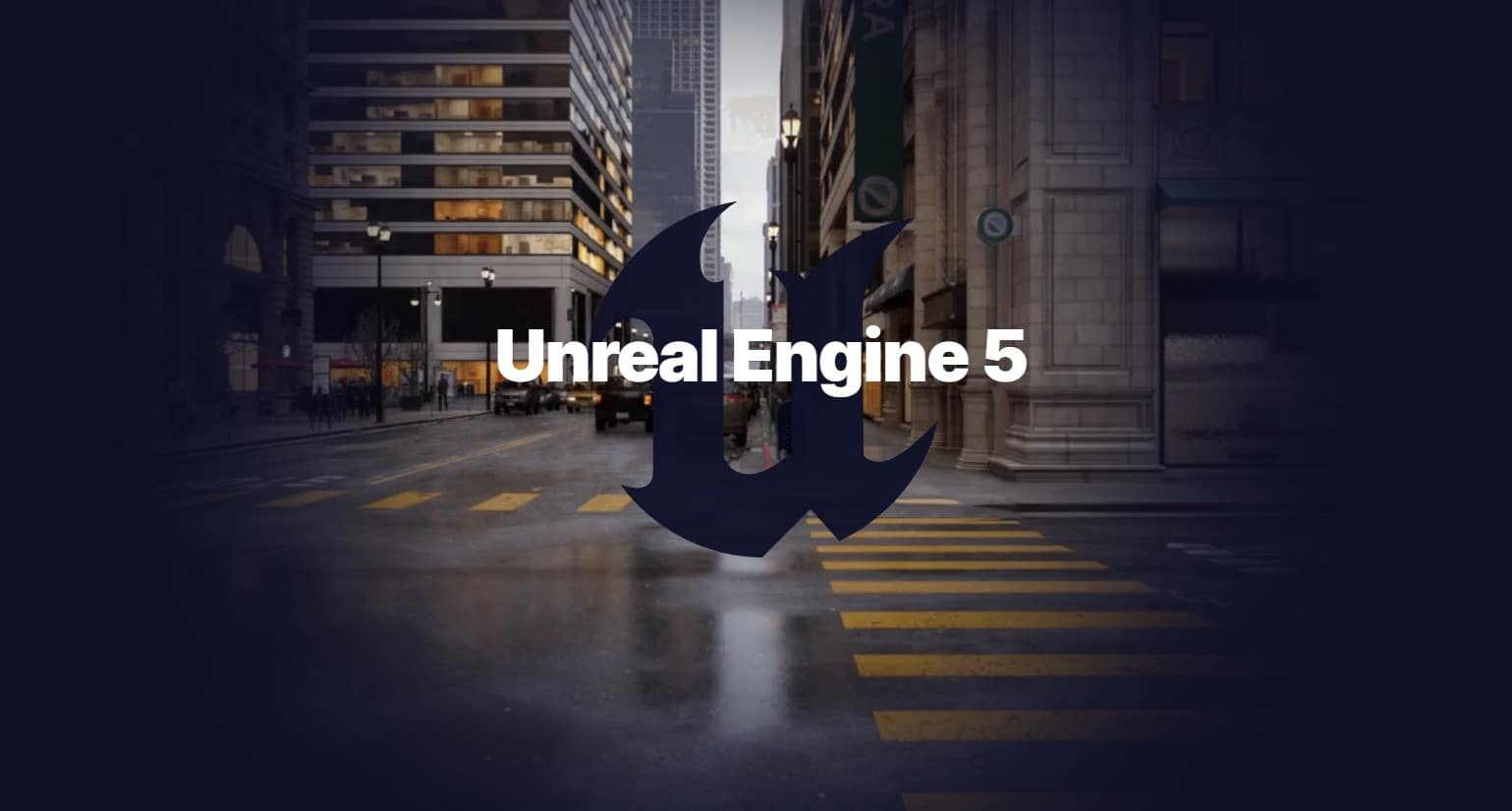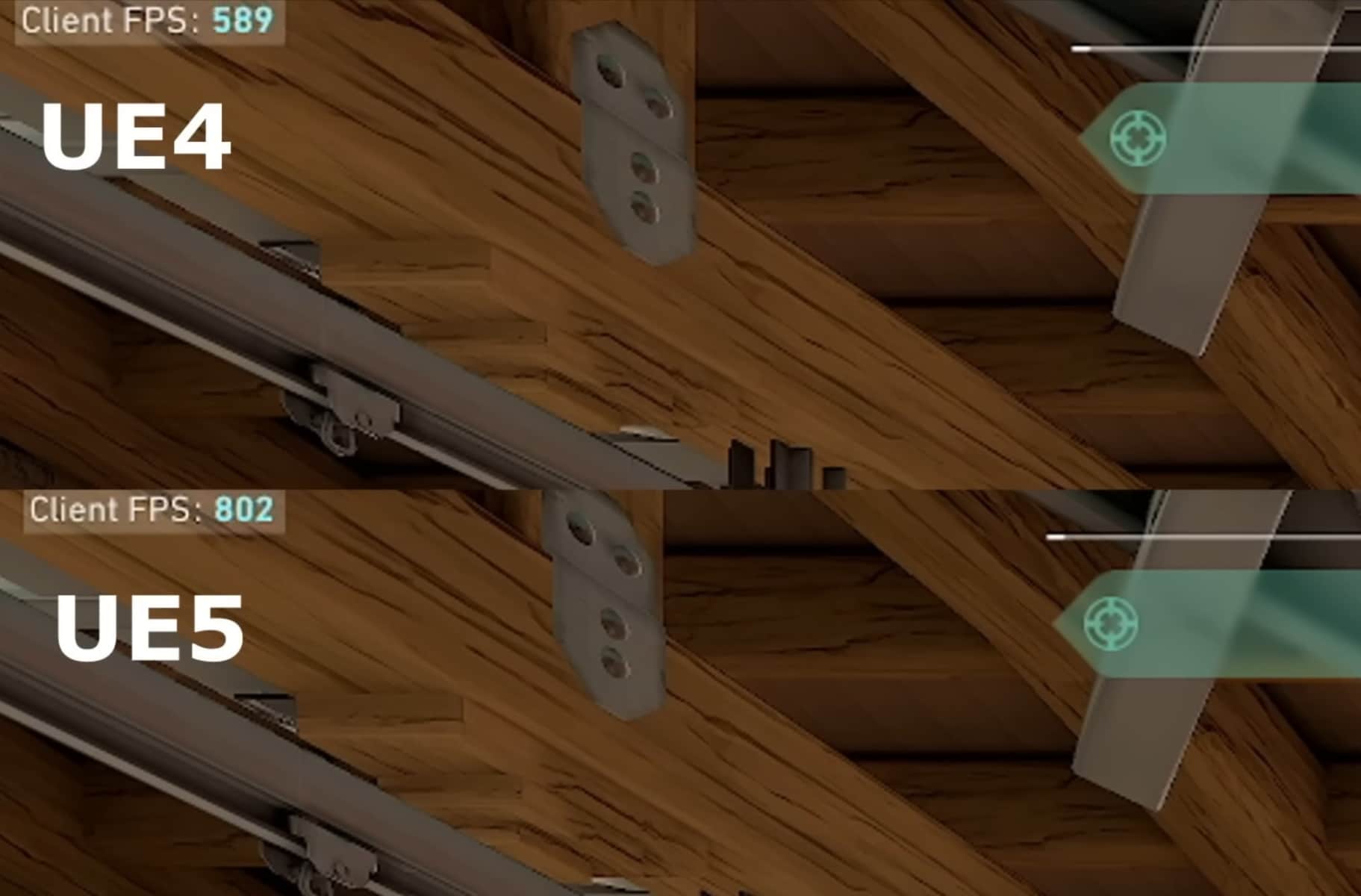
TL;DR
- VALORANT’s 11.02 update delivered the move to Unreal Engine 5 on July 29.
- The engine change has largely been smooth, with few reported issues
- Better frame-rate stability has been reported in some quarters
- UE5 should benefit VALORANT in the future with better creative tools and performance features
Less is more is a ridiculous phrase for competitive games, right? Because more would be upgrades, developments, and the next big milestone. Just look at the monster that is BF6, dramatically emerging from its development cycle. For VALORANT, one of the biggest games on the planet, the Unreal Engine 5 update is…well, more of a big deal, but perhaps with less fuss.
The update was flagged well in advance, and it was highly anticipated. Since it arrived, the storm blew through, and the winds of change transformed the landscape. Right? Because UE5 is a different beast from UE4, and huge changes and upheaval are what’s expected. No, not exactly.
UE4 to UE5
Let’s start with why Riot planned the VALORANT update. ‘Because new is shiny’ doesn’t cover it. As we pointed out in July, there were key reasons for the shift: Marcus Reid, VALORANT’s Tech Lead, explained in a post on X:
“We believe deeply in building the best possible player experience, and that’s why when we moved to UE5”.
In short, Unreal Engine 5 offers improvements in creative tools and a 3D modelling toolset over UE4. For example, the World Partition System allows more specific and efficient loading of game worlds. Or, as the Epic Games development log tells us:
This system “…removes the previous need to divide large levels into sublevels by storing your world in a single persistent level separated into grid cells…”. Adding, it “provides you with an automatic streaming system to load and unload those cells based on distance from a streaming source”. Essentially, that’s a more efficient world loading tool for any game.
Meanwhile, UE5’s Temporal Super Resolution feature, also explained by the Epic Games developer blog, can render 4K resolutions at a fraction of the workload cost. There’s a reason titles like Epic’s Fortnite and Marvel Rivals are using this version, and that’s why Reid’s X posts suggested VALORANT players could expect: “Same lineups, same gunplay, and same great performance”.
For VALORANT’s deployed update, July 29 was when the title transitioned from Unreal Engine 4.37 to Unreal Engine 5.3. That wasn’t the latest iteration of UE at the time of the update, but it’s easy to assume it was an established and robust choice. The 11.02 VALORANT update notes reveal some extra information, detailing that the update would “enable a whole new world of possibilities…in the years to come”, as well as bug fixes and the “Hot New Engine” gun buddy. So far, so straightforward.

Has the update gone smoothly so far?
As mentioned, a new update to a new engine sounds like a seismic shift, and while that may be the case for VALORANT’s future potential, the key thing is that it seems to have happened steadily, uneventfully. As it should, because this wasn’t a dramatic overhaul of visible content, rather a shift to a UE version that would better serve gameplay now and in the future.
In terms of reported issues, the key facts seem to point to good news – that the update has occurred with minimal fuss. With VALORANT having a player count of nearly 19 million in July, and monthly gains in four of the last six months (per Valorant.gg), any major issue would have been quickly broadcast.
However, the reality is that the update likely went as well as Riot could have wanted. Not only that, but several reports have pointed to strong performance in UE5 versus UE4, quelling some worries. The German publication Computer Base reports, “VALORANT enabled extremely high frame rates with Unreal Engine 4, and this is also possible with Unreal Engine 5 without any problems.”

Have there been any issues?
Backing up Computer Base’s positive findings, observations by commentators like YouTuber Dittozkul, suggest that frame stability has improved overall with UE5. But (as ever with PC performance), two sources aren’t a universal experience. Dittozkul points out he’s running an RTX 5080, and performance impact was certainly a concern for fans when looking ahead to UE5.
So issues do exist. One post on the VALORANT subreddit, titled ‘Performance issues since UE5 update’, shows there are users with concerns. Reports of frames sometimes dropping to 0, micro-stutters, and GPU driver updates making performance worse are all mentioned. Further, users with AMD GPUs have reported issues due to AMD Boost. Yet it’s hard to understand the cause of individual performance problems given the manifold variations in players’ systems.
However, overall, it appears that issues with the UE5 VALORANT update have been minimal. In our world of immediate information, you can quickly get the sense that things are generally okay when you have to go looking for potential issues rather than stumbling across them.
Frankly, that’s likely a credit to Unreal Engine 5 and Riot. There hasn’t been an earthquake of controversy; there are clear benefits to the update going forward, and VALORANT is now just around 25GB in size, rather than closer to 50GB. Overall, it’s a net win. And that shouldn’t be a surprise.
Conclusion
Since the arrival of VALORANT’s Unreal Engine 5 update, there have been some issues reported by players. However, for a game with such global reach, it’s pretty clear that the transition generally went smoothly, with the issues being visible on a relatively small scale.
Naturally, it’s never ideal for gamers to struggle with playing the games they enjoy. But Riot seems to have carried out the transition to update 11.02 without any drama, delivering stability and a promise of benefits for VALORANT’s future. It’s nice when significant changes are quiet, so why does it feel so unusual? Regardless, gaming improvements without the fallout feel like a rare treat.
FAQs
VALORANT was updated to Unreal Engine 5.0 in the 11.02 update, released on July 29, 2025.
To provide the “best possible gaming experience”. Riot Games wanted to invest in the Unreal Engine 5 update to bring better overall performance and world-building tools into VALORANT. While there’s no specific information on timing, other major titles like Fortnite and Marvel Rivals also use UE5, so the shift makes sense.
In terms of content, the shift to UE5 hasn’t delivered huge changes…yet. However, the tools UE5 allows are reportedly important for VALORANT going forward, and the stable performance and improved visual changes it supports have been evidenced.
References
- https://playvalorant.com/en-gb/news/game-updates/valorant-patch-notes-11-02/ (PlayVALORANT)
- https://playvalorant.com (PlayVALORANT)
- https://www.computerbase.de/artikel/gaming/valorant-unreal-engine-5-benchmark-test.93727/seite-3#abschnitt_valorant_ist_und_bleibt_ein_fpsschlaraffenland (Computer Base)
- https://youtu.be/CISH7mw6tEw?t=20s (YouTube)
- https://www.reddit.com/r/VALORANT/comments/1md941z/performance_issues_since_ue5_update/ (Reddit)
The post VALORANT’s Unreal Engine 5 update wasn’t a big deal – here’s why that’s a win for Riot Games appeared first on Esports Insider.






